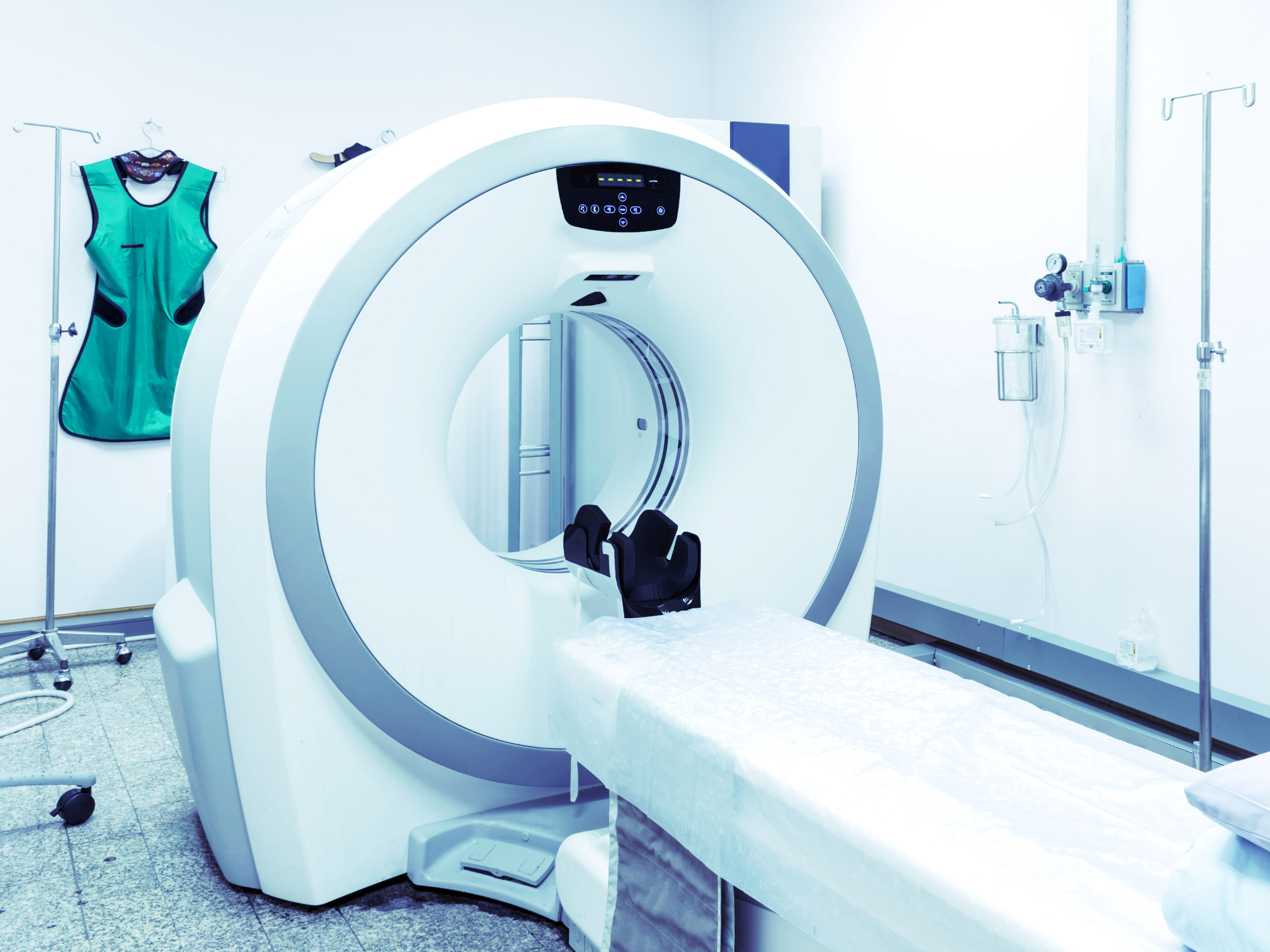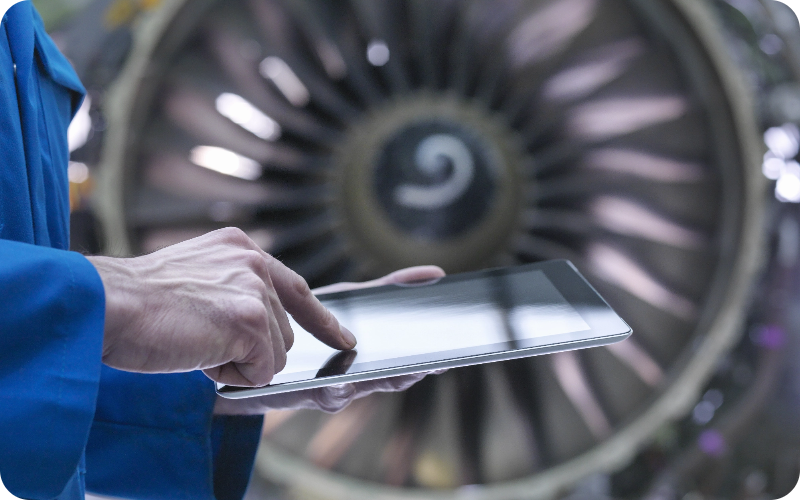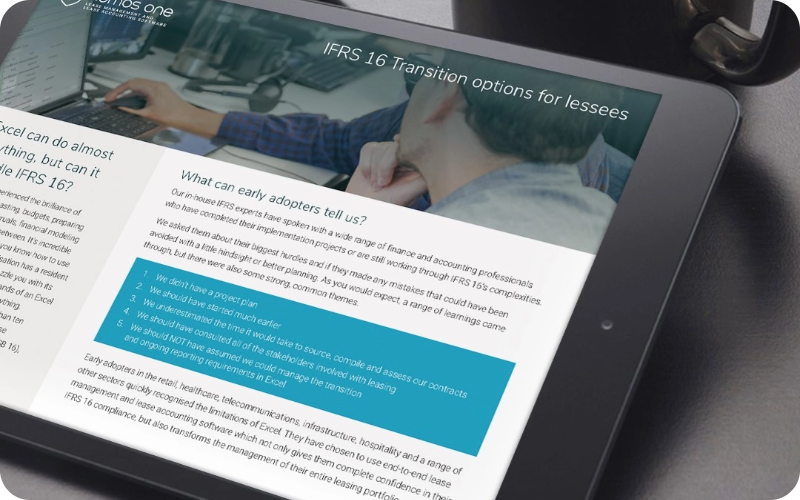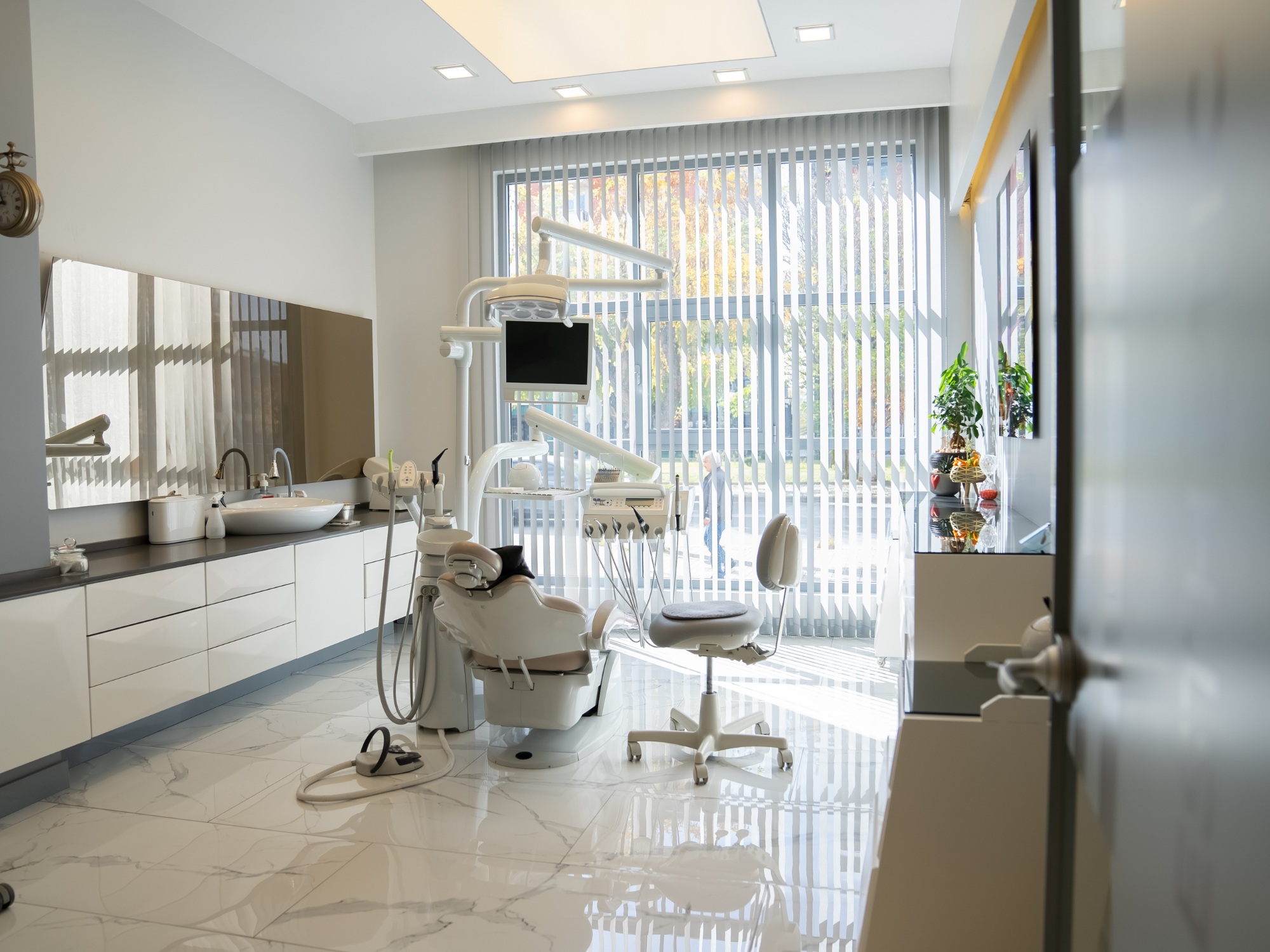Leasing medical equipment is a common practice in the healthcare sector, allowing organisations to acquire essential assets without the burden of upfront costs - but what happens when the medical equipment leases end? As equipment leases near their end, healthcare facilities often have the option to purchase the equipment. The purchase option, often included in lease agreements, presents a strategic decision point. This article will delve into the various purchase options available at the end of medical equipment leases in healthcare and provide insights on making informed decisions.

Understanding your options
Typically, there are several options available at the end of medical equipment leases, such as returning the equipment (giving it back to the lessor, fulfilling your contractual obligations), extending the lease (continuing using the equipment for a set period, often at a higher monthly rate), or purchase (acquiring the equipment at a predetermined price, often a percentage of the original value). Let’s explore some of the options in more detail:
Returning and leasing new medical equipment
At the end of a medical equipment lease term, healthcare facilities can choose to return the equipment and enter into a new lease agreement for updated or different equipment. This option is suitable when the lessee requires equipment upgrades or the existing equipment no longer aligns with their needs. It allows healthcare facilities to stay current with technological advancements and adapt to changing requirements.
Renewed medical equipment leases with purchase options
In some instances, healthcare facilities may have the option to renew the medical equipment lease with an added purchase option. This alternative provides flexibility to extend the lease term while retaining the opportunity to purchase the equipment at a later stage. It allows lessees to reassess their equipment needs and financial situation before committing to a purchase.
Bargain purchase option
A bargain purchase option allows the lessee to buy the medical equipment at the end of the lease term for a significantly reduced price compared to its fair market value. This option is advantageous when the lessee plans to continue utilising the equipment long-term and believes the purchase price offers a favourable value. It presents an opportunity to acquire essential equipment at a lower cost, potentially resulting in long-term savings.
Fair market value purchase option
With a fair market value purchase option, the lessee has the option to purchase the medical equipment at the end of the lease term for its fair market value. This option is suitable when the lessee is still determining the long-term need for the equipment or desires flexibility to upgrade to newer models. The fair market value option enables the lessee to evaluate the equipment's current value and make a decision based on its market worth.

Factors to consider when choosing the right option
Choosing the best option requires careful analysis of various factors. Several best practices for making better decisions include regularly evaluating your equipment, keeping updated on technological advancements and conducting thorough market research.
Start with periodic assessments of your existing medical equipment’s condition, performance, and technological relevance throughout the lease term. Is the equipment still in good working order and relevant to your needs? Older equipment (such as ultrasound and CT scanners, dialysis machines or patient monitors) might not be worth purchasing, while newer models could offer significant value.
The second step is gathering data. Research current market values for similar equipment to determine the fairness of the purchase price. Do not be afraid to negotiate the purchase price, especially if the equipment is nearing the end of its useful life.
Finally, it is beneficial to consider external factors, such as potential regulatory changes, accreditation requirements, and evolving industry standards, that might impact your equipment needs. By carefully considering these factors, healthcare facilities can make informed decisions that align with their goals and requirements.
Optimising purchase options in healthcare
Here is a list of effective strategies to help optimise purchase options:
Evaluate long-term equipment needs
Before entering into medical lease agreements with purchase options, conduct a thorough assessment of your healthcare facility's long-term equipment needs and align them with patient demand. Also, consider technological advancements: Has newer technology emerged that renders the current equipment obsolete? Finally, think about tax implications and regulatory requirements to determine the suitability of purchase options. Consult your tax advisor to understand the tax implications of purchase vs. return, including depreciation schedules and potential tax deductions.
Conduct financial analysis
Compare the purchase price to the remaining lease payments and potential maintenance costs. Factor in potential resale value if you plan to upgrade later. You can utilise financial analysis and modelling techniques to evaluate the cost-effectiveness of purchase options compared to alternative financing arrangements. Consider factors such as lease payments, depreciation, tax implications, and the opportunity cost of capital.
Negotiate terms of the lease
When negotiating lease agreements, seek favourable purchase terms that align with your healthcare facility's financial goals and operational requirements. Negotiate competitive purchase prices, favourable terms for asset maintenance, and flexibility in lease-end options.

Consider residual value
Evaluate the residual value of leased equipment when assessing purchase options. Consider factors such as depreciation, market trends, and technological obsolescence to make informed decisions about exercising purchase options.
Consult with financial and legal experts
Engage with financial and legal experts that specialise in healthcare lease management to gain valuable insights into purchase options and their implications. Their expertise can help navigate complex lease agreements and help achieve compliance with accounting standards.
Align purchase options with objectives
Ensure purchase options align with your healthcare facility's long-term objectives and financial plans. Consider factors such as capital budgeting priorities, cash flow management, and risk mitigation strategies when evaluating purchase options.Purchasing options at the end of medical equipment leases can present opportunities and challenges for healthcare facilities under IFRS 16 (AASB 16). By understanding the different types of purchase options and implementing strategic approaches to lease management and lease accounting, healthcare facilities can optimise their equipment procurement processes, enhance financial transparency, and support long-term sustainability.
Effective utilisation of lease tracking software can empower healthcare facilities to make informed decisions that drive operational efficiency and improve patient care outcomes. Want to learn more? Explore our healthcare lease management software today!

























